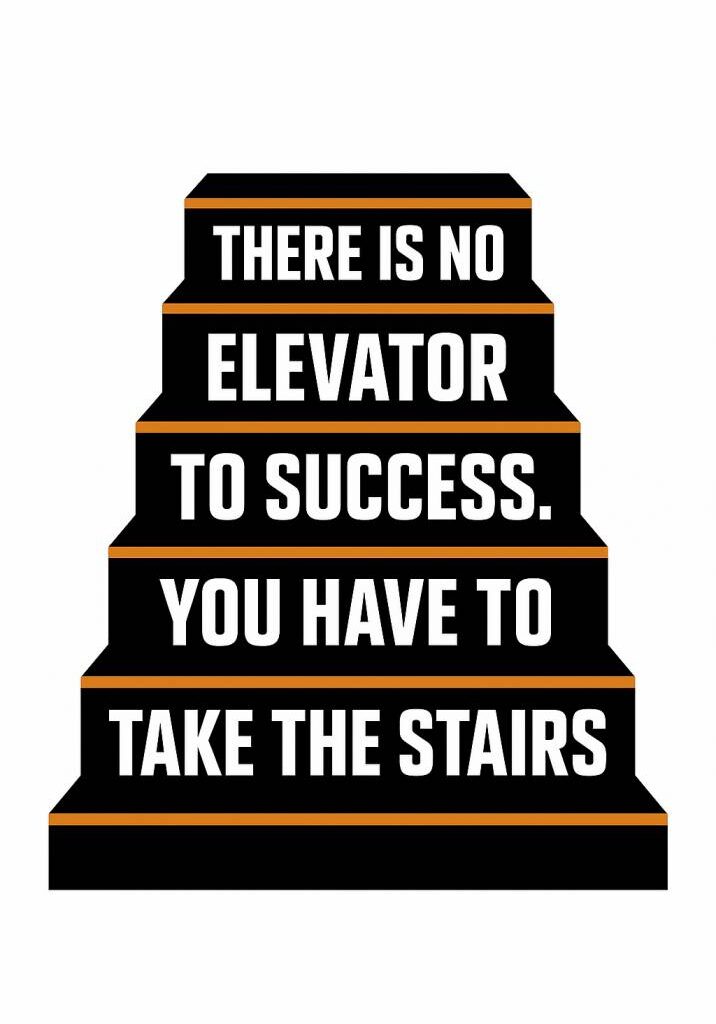Introduction
Your story starts here. Craft a letter that opens doors. A Statement of Purpose (SOP), Letter of Intent (LOI), or Motivational Letter is a critical component of scholarship and university applications, such as those for Turkey Scholarships. This document showcases your personality, goals, and qualifications to convince admissions committees of your fit for their program. This guide provides a step-by-step approach, practical tips, examples, and a real-world student success story to help students craft an impactful letter in 2025.
Why is it Important?
It makes you stand out. It’s your key to opportunity.
A well-crafted SOP/LOI/Motivational Letter:
- Personalizes Your Application: Goes beyond grades to reveal your personality and passion.
- Demonstrates Fit: Shows alignment with the program’s goals, such as Turkey Scholarships’ focus on global challenges like sustainability or cultural exchange.
- Convinces Committees: Answers “Why you?” by highlighting your unique qualifications and aspirations.
- Secures Opportunities: A motivational letter can be the deciding factor in competitive applications with low acceptance rates (e.g., Turkey Scholarships’ 5% acceptance rate).

What is a Statement of Purpose/Letter of Intent/Motivational Letter?
It’s your personal narrative. It defines your purpose. An SOP, LOI, or Motivational Letter is a personal essay that outlines your academic and professional background, motivations for applying, and future goals. While the terms are often used interchangeably, an SOP typically focuses on academic aspirations, an LOI emphasizes intent for a specific program, and a Motivational Letter highlights personal drive, especially for scholarships like Turkey Scholarships and also the research proposal. These letters are usually 300–1000 words and accompany applications to universities or scholarships.
Step-by-Step Guide to Writing an Effective SOP/LOI/Motivational Letter
Follow these steps. Build a winning letter. This section outlines a clear, actionable process to craft a compelling SOP, LOI, or Motivational Letter tailored to your academic and scholarship goals.
Step 1: Understand the Requirements
Review the application guidelines carefully. For example, Turkey Scholarships require a 300–500-word Motivational Letter focusing on your motivations, experiences, and contributions to the community. Check for word limits, format (e.g., Times New Roman, 12-point font), and specific questions to address.
Step 2: Research the Program and Institution
Investigate the university or scholarship’s mission, values, and priorities. For instance, Turkey Scholarships value cultural exchange and contributions to global issues. Mention specific program features, such as a university’s research facilities or a scholarship’s focus on sustainable development, to show your genuine interest.
Step 3: Reflect on Your Goals and Experiences
Connect your past to your future. Reflect on your academic journey, professional experiences, and personal motivations. Consider:
- Why you chose this program or scholarship.
- Key experiences (e.g., internships, volunteer work) that shaped your goals.
- How the opportunity aligns with your long-term career aspirations.
Step 4: Structure Your Motivational Letter
Organize your ideas. Create a clear flow.nFollow a three-part structure:
- Introduction: Introduce yourself, state the program/scholarship, and explain your motivation.
- Body (1–2 paragraphs): Detail your academic/professional background, relevant experiences, and how they prepare you for the opportunity.
- Conclusion: Reaffirm your fit, outline future contributions, and express gratitude.
Keep it concise, ideally one page (400–600 words unless specified).
Step 5: Write with Clarity and Passion
Be clear and authentic. Let your passion shine. Use simple, professional language to appeal to a broad audience. Avoid jargon and clichés. Start with a compelling hook, such as a personal story or anecdote, to grab attention. For example, describe a moment that sparked your passion for your field.
Step 6: Highlight Your Unique Qualities
Show what sets you apart. Be memorable. Emphasize your unique skills, experiences, or perspectives. For instance, if applying for Turkey Scholarships, highlight experiences that demonstrate cultural adaptability or leadership, such as organizing community projects. Avoid generic statements and focus on specific achievements.
Step 7: Address Future Contributions
Share your vision. Explain your impact. Detail how you’ll use the education or scholarship to achieve your goals and contribute to the institution or society. For example, for Turkey Scholarships, explain how you’ll promote cultural exchange or address global challenges like public health after graduation.
Step 8: Revise and Proofread SOP
Refine your draft. Ensure perfection. Write a draft, then set it aside for a day or two before revising the motivational letter. Check for clarity, coherence, and alignment with guidelines. Proofread for grammar and spelling errors, and seek feedback from mentors or peers. Tools like Grammarly or Scribbr can help.

Do’s and Don’ts of Writing an SOP/LOI/Motivational Letter
Follow best practices. Avoid common mistakes.
| Do’s | Don’ts |
| Follow the program’s specific guidelines (e.g., word count, format). | Ignore word limits or formatting requirements. |
| Use clear, professional, and concise language. | Use slang, clichés, or overly complex terms. |
| Personalize your letter with specific experiences and goals. | Praise the institution excessively without substance. |
| Align your goals with the program’s mission or values. | Write a generic letter that could apply to any program. |
| Highlight unique skills and contributions. | Include irrelevant or false achievements. |
| Proofread multiple times for errors. | Submit a letter with typos or grammatical mistakes. |
Real-Time Example: A Student’s Success Story
Real stories inspire. Learn from Rita’s success.
Rita Ashemeza, a Studyportals Scholarship winner, secured funding for an MSc in Communication: Media Management at Universita della Svizzera Italiana. Her motivation letter stood out by:
- Personal Story: She shared her experience growing up in Western Uganda with limited access to menstrual supplies, connecting it to her goal of improving women’s health education.
- Clear Goals: Outlined her plan to use media skills to advocate for health access in Uganda.
- Program Alignment: Highlighted the university’s focus on communication strategies, aligning with her vision.
- Impact: Emphasized her commitment to community impact post-graduation.
Her concise 500-word letter was authentic, specific, and aligned with the scholarship’s values, earning her a 10,000-euro award.

Conclusion
End with confidence. Summarize your path to success.
A compelling SOP, LOI, or Motivational Letter can open doors to scholarships and university admissions. By following a structured approach—understanding requirements, researching the program, and showcasing your unique story—you can craft a letter that resonates with admissions committees. Programs like Turkey Scholarships value passion, clarity, and alignment with their goals. Use the steps, examples, and do’s and don’ts in this guide to create a winning letter in 2025.
How about making this more interactive? Share your unique motivation or a mini-anecdote that defines why you’re pursuing your field. I’d love to feature standout stories, and don’t forget to check out our related guides to sharpen your academic applications further!




